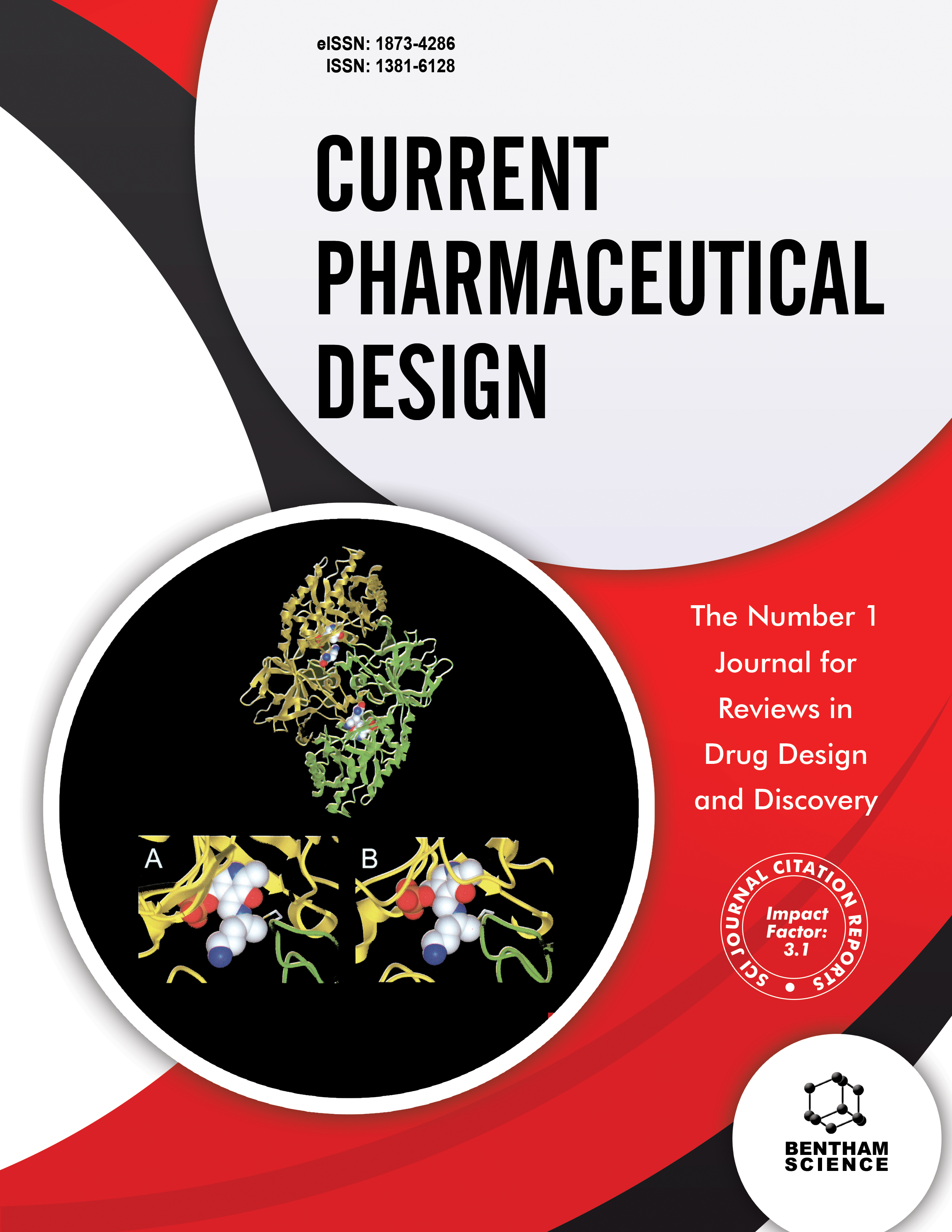
Full text loading...
We use cookies to track usage and preferences.I Understand
Compound 861 (Cpd861) is a traditional Chinese herbal compound for the treatment of hepatic fibrosis (HF). In the current investigation, Cpd861 has been demonstrated to have an underlying molecular mechanism and material foundation for the treatment of HF through network pharmacology, Mendelian randomization (MR), and molecular docking.
Public databases were consulted for Cpd861 constituents and HF targets. Protein-protein interactions (PPIs) were established using STRING software, followed by Gene Ontology (GO) and Kyoto Encyclopedia of Genes and Genomes (KEGG) pathway enrichment analyses. To elucidate the causal relationship between potential targets and liver injury, MR was used as a methodological tool. Finally, a molecular docking analysis was conducted between the active compound and the key target.
We obtained 174 active ingredients and 113 intersecting genes. Through the PPI network, high-degree targets were identified, namely CTNNB1, ESR1, FOS, MDM2, CCND1, TP53, RELA, and BCL2. As shown by GO and KEGG pathway enrichment analyses, Cpd861 functions through xenobiotic stimulus and oxidative stress-related genes, as well as the PI3K-AKT and non-alcoholic fatty liver disease (NAFLD) signaling pathways. The results of MR showed that MDM2 and BCL2 had a causal relationship with liver injury. Molecular docking results showed that several active compounds in Cpd861 were stably bound to BCL2.
This study made predictions regarding the efficacious components, as well as potential targets and pathways of Cpd861 in the therapy of HF. This will open up a new perspective for further investigation of the molecular mechanism of Cpd861 in the treatment of HF.

Article metrics loading...

Full text loading...
References


Data & Media loading...
Supplements

